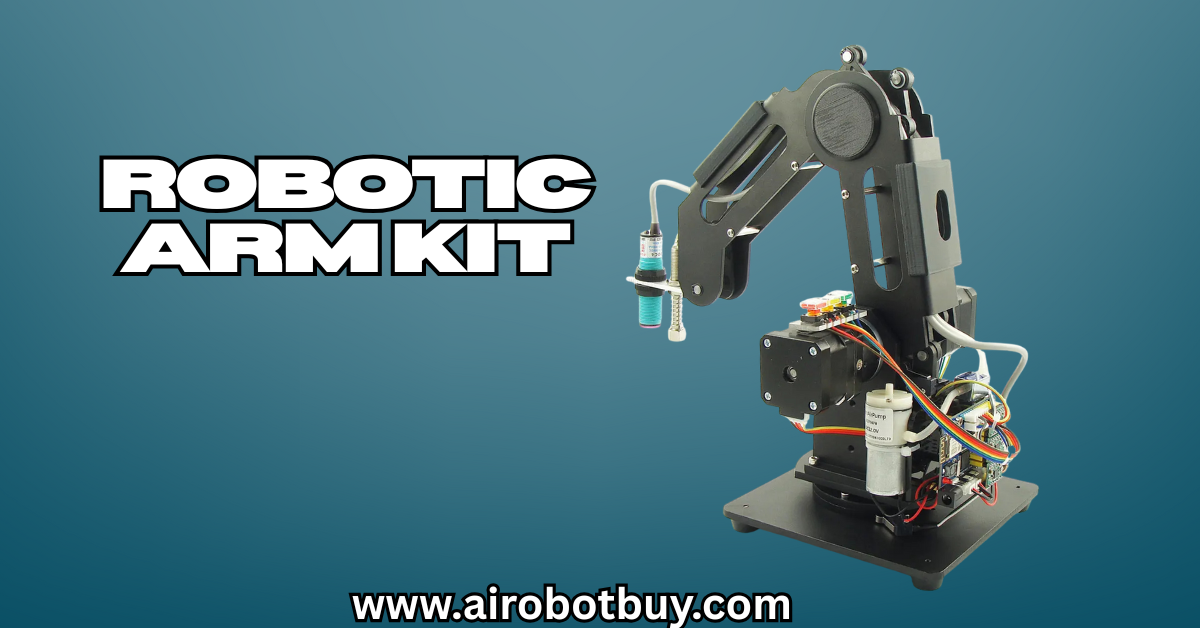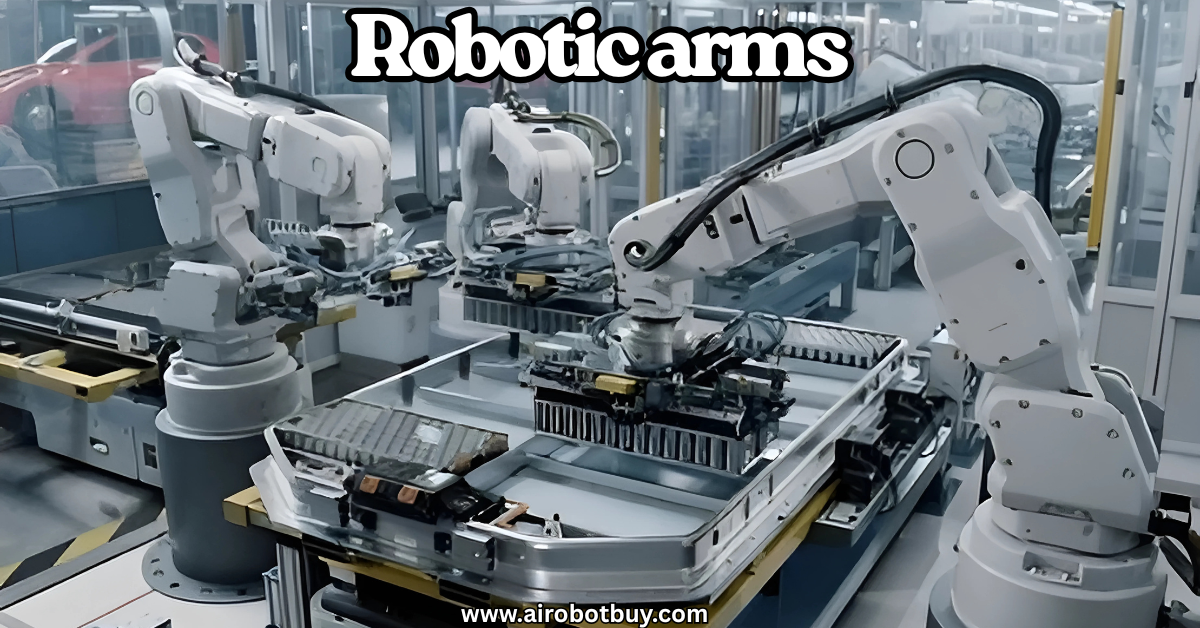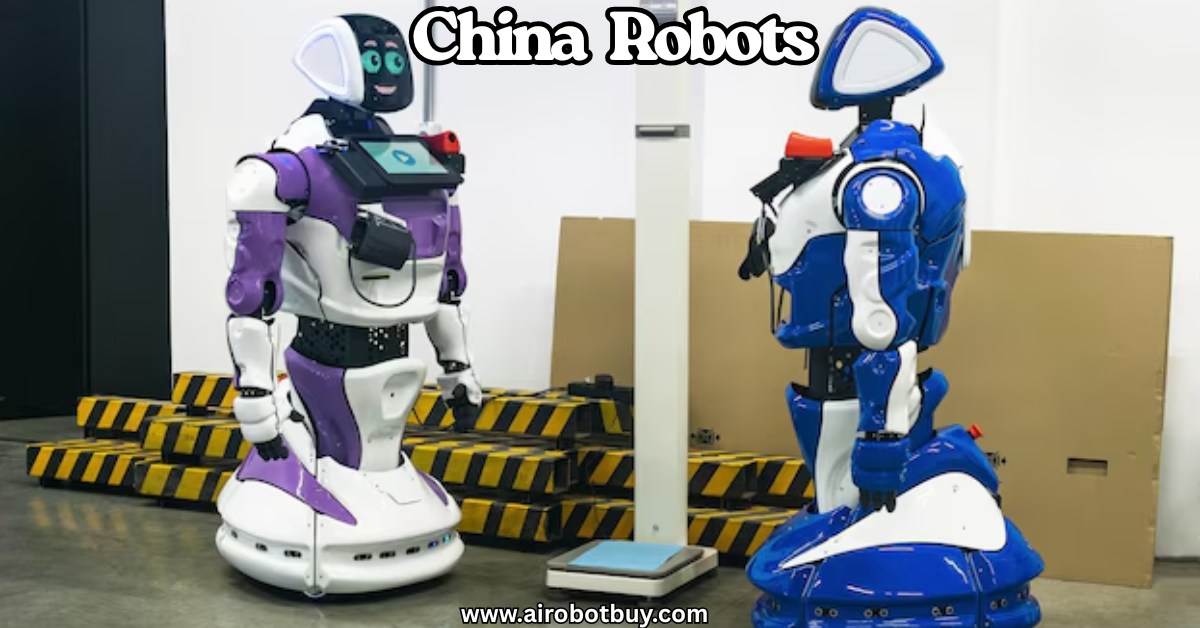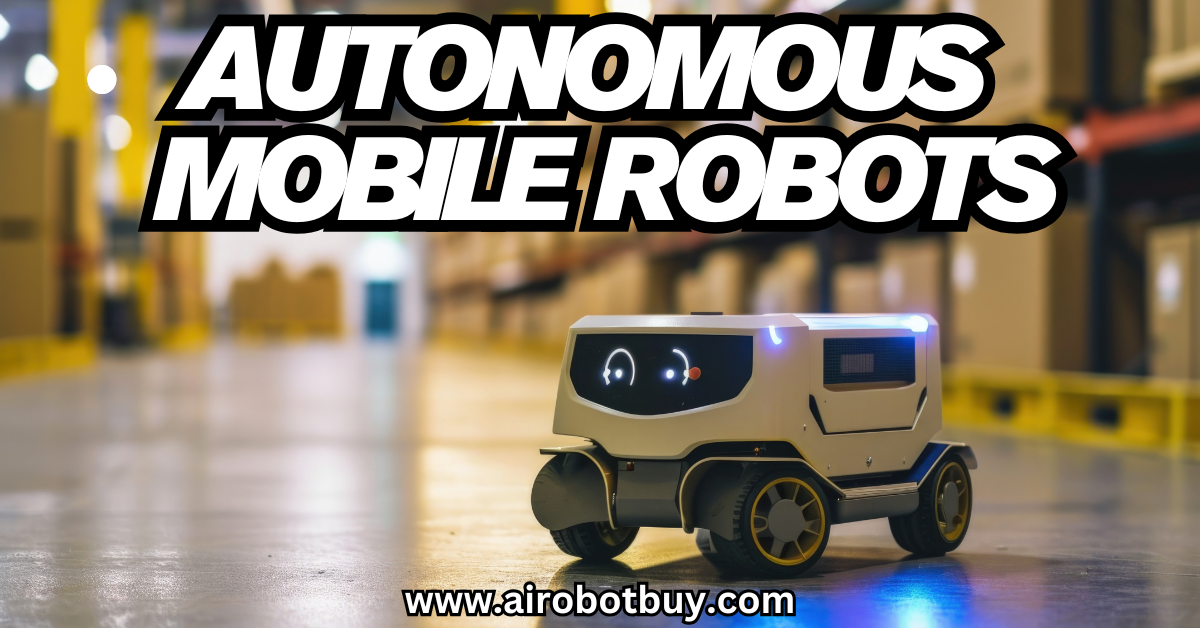Robotics is no longer a subject reserved for engineers working in large factories. Today, robotics has become part of classrooms, workshops, and even home learning setups. At the heart of this shift is the robotic arm kit, a tool that allows anyone to build, program, and control a small robotic arm with their own hands. These kits are affordable, accessible, and highly practical, which makes them a preferred choice for students, educators, hobbyists, and researchers.
The rise in demand for robotics skills is clear. According to global reports, the educational robotics market is expected to expand steadily over the next decade, fueled by the growing emphasis on STEM education and automation skills. For learners, robotic-arm-kit provide more than just a fun project—they offer real exposure to mechanics, electronics, and coding in one package.
If you want to understand what a robotic-arm-kit is, how it works, and why it matters, you are in the right place.
Robotic Arm Kit Everything You Need to Know About How It Works
In this guide we will explain everything you need to know in a simple and structured way.
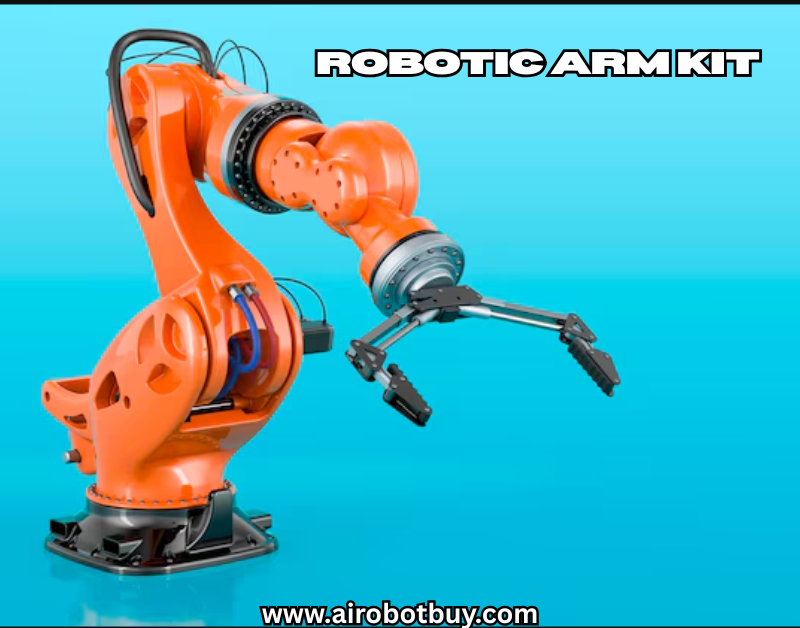
Why Robotic-Arm-Kit Are on Everyone’s Radar
In today’s world, automation is no longer limited to factories. It’s entering classrooms, maker spaces, research labs, and even hobby workbenches. A robotic-arm-kit is at the center of this movement because it gives anyone—student, hobbyist, or professional—the ability to build and control a robot with their own hands. Visit here!
The reason robotic-arm-kit are gaining attention is simple:
- Accessibility – They are affordable compared to industrial robots.
- Practical learning – They bring science, coding, and engineering together in one project.
- Global demand – The robotics market is growing fast, and skills in robotics are becoming more valuable each year.
Reports show that educational robotics is expected to grow at a CAGR of over 16% through 2030. This means robotic-arm-kit are not just tools for fun—they are tools for the future.
What Is a Robotic Arm Kit?
A robotic-arm-kit is a do-it-yourself package that contains everything you need to build a small-scale robotic arm. It is designed to mimic the function of industrial robotic arms used in manufacturing, but at a level suitable for learning and experimentation.
Most robotic-arm-kit include:
- Frame and joints – The skeleton that gives the arm its structure.
- Motors or servos – These create movement in the joints.
- Controller board – The brain that interprets instructions and controls the motors.
- Power supply – Usually batteries or adapters.
- Gripper or claw – To pick up and place objects.
- Wiring and connectors – For power and signal transfer.
- Software or code library – To program and control the arm.
In short, a robotic-arm-kit is a starter system that combines mechanics, electronics, and programming into one platform.
How Does a Robotic-Arm-Kit Work?
The working of a robotic-arm-kit can be explained in five main steps:
- Mechanical Structure – The arm has multiple joints called degrees of freedom (DOF). Each DOF allows a type of movement like rotation, bending, or gripping.
- Actuation – Motors (servo or stepper) move the joints by converting electrical signals into mechanical rotation.
- Control System – A microcontroller (Arduino, Raspberry Pi, etc.) acts as the brain, sending commands to the motors.
- Programming – Users write code or use block-based software to define movements, sequences, and tasks.
- Power Supply – Stable voltage ensures smooth operation without jittery or weak movement.
Imagine it like this: your brain sends signals to your muscles, which move your arm to pick up a cup. A robotic-arm-kit works in the same way, but with wires, motors, and code instead of nerves and muscles.
Why Robotic Arm Kit Are Important
The value of robotic-arm-kit goes beyond being a simple gadget. They play a critical role in:
- STEM education – Teaching students robotics, electronics, and coding in an interactive way.
- Skill development – Helping learners understand automation and control systems.
- Prototyping – Allowing researchers and startups to test ideas quickly without investing in costly machines.
- Career readiness – Preparing students for industries like manufacturing, logistics, and healthcare where robotics is in high demand.
As industries evolve, having hands-on experience with robotic-arm-kit can give learners a competitive edge.
Key Features of a Robotic Arm Kit
When buying or using a robotic-arm-kit, these features matter the most:
| Feature | Description | Why It Matters |
|---|---|---|
| Degrees of Freedom (DOF) | Number of movable joints | More DOF = more realistic movement |
| Payload Capacity | Weight the arm can lift | Decides the type of tasks possible |
| Programming Options | Block coding, Python, C++ | Defines learning curve and flexibility |
| Compatibility | Arduino, Raspberry Pi, or PC | Expands project possibilities |
| Material | Plastic, acrylic, or aluminum | Impacts durability and precision |
| Power Supply | Battery or DC adapter | Ensures stable and continuous operation |
The right kit depends on your goal: learning, experimenting, or prototyping.
Who Uses Robotic Arm Kits?
Robotic-arm-kit are versatile and cater to multiple audiences:
- Students – To practice robotics and coding.
- Teachers – To bring hands-on learning into classrooms.
- Makers and hobbyists – To build creative projects at home or in workshops.
- Researchers – To test control systems and automation concepts.
- Small businesses – To explore low-cost automation before scaling.
This wide usage explains why robotic-arm-kit are becoming mainstream across different sectors.
Real-World Applications of Robotic-Arm-Kit
Even though these kits are not as powerful as industrial robots, they still serve real purposes:
- Pick-and-place tasks for small items.
- Sorting and organizing objects with sensors.
- Teaching automation in classrooms.
- Demonstrating concepts of AI, IoT, and robotics.
- 3D printing or drawing when equipped with additional modules.
- Prototyping simple robotic systems for startups.
These applications highlight how kits bridge the gap between theory and practice.
Step-by-Step Guide to Using a Robotic-Arm-Kit
Here’s a simple roadmap to get started:
- Unpack and check components – Identify motors, frame parts, controller, and wires.
- Assemble the structure – Follow the manual or guide for attaching joints and frame.
- Install motors and wiring – Connect each motor to its respective joint.
- Attach the controller board – Secure it in place and connect all motor pins.
- Set up the power supply – Ensure correct voltage to avoid damage.
- Upload sample code – Test with pre-installed programs to check movement.
- Run first operation – Try basic commands like lifting or rotating.
- Expand functions – Add your own code, integrate sensors, or connect wireless modules.
Following these steps ensures smooth setup and learning.
Benefits of Learning with a Robotic Arm Kit
Here’s what you gain:
- Hands-on practice with robotics and coding.
- Problem-solving skills by debugging assembly and programming.
- Creativity boost through custom tasks and experiments.
- Team collaboration when used in group projects.
- Affordable learning compared to full-scale robots.
For many, a robotic-arm-kit becomes the first real step toward understanding automation.
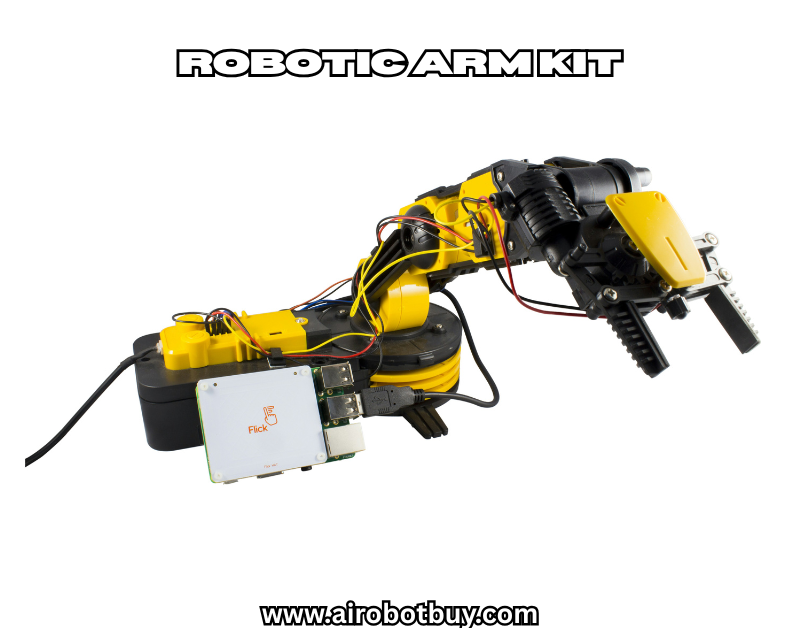
Challenges You May Face
Like any technology project, robotic-arm-kit have hurdles:
- Complex assembly for first-time users.
- Limited lifting capacity compared to industrial robots.
- Programming difficulties if you’re new to coding.
- Power issues leading to unstable movement.
- Durability concerns with cheaper plastic kits.
Overcoming these challenges builds persistence and technical skill, which are valuable in any field.
Buying Guide – How to Choose the Right Robotic Arm Kit
Before buying, ask yourself these questions:
- What is my skill level?
- Beginner → Choose simple, block-based coding kits.
- Intermediate → Look for Arduino-compatible kits.
- Advanced → Pick Raspberry Pi or Python-based kits.
- What is my budget?
- $200–$450 → Entry-level kits for learning basics.
- $450–$1200 → Mid to advanced kits with aluminum builds and more DOF.
- What do I want to achieve?
- Learning basics → Simple, low-cost kit.
- Prototyping → Expandable kit with add-on options.
- Teaching → Kits with strong tutorial support.
- Does the kit offer support and tutorials?
- A strong community and resources make learning easier.
A smart buying choice saves time, money, and frustration.
Future of Robotic Arm Kit
The future looks promising as robotic-arm-kit evolve with:
- AI-powered learning – Arms that adapt to tasks.
- Wireless connectivity – Cloud and smartphone-based control.
- Modular upgrades – Swapping grippers for sensors, cameras, or 3D printing heads.
- Lower costs – As demand grows, kits will become even more affordable.
Industry trends suggest educational robotics will become a standard part of global classrooms by 2030. Robotic-arm-kit will be key in making that vision real.
FAQs on Robotic-Arm-Kit
Q1. What age group can use robotic arm kit?
Many kits are suitable for kids aged 10 and above, depending on complexity.
Q2. How much weight can a robotic-arm-kit lift?
Most kits can lift between 50 grams and 500 grams, depending on design.
Q3. Do I need to know coding to use a kit?
Not always. Some use block-based coding, while advanced ones require Python or C++.
Q4. Can I upgrade my kit later?
Yes, many kits support add-ons like sensors, Bluetooth modules, or cameras.
Q5. Are robotic arm kit safe?
Yes, they operate at low voltage, making them safe for students and hobbyists.
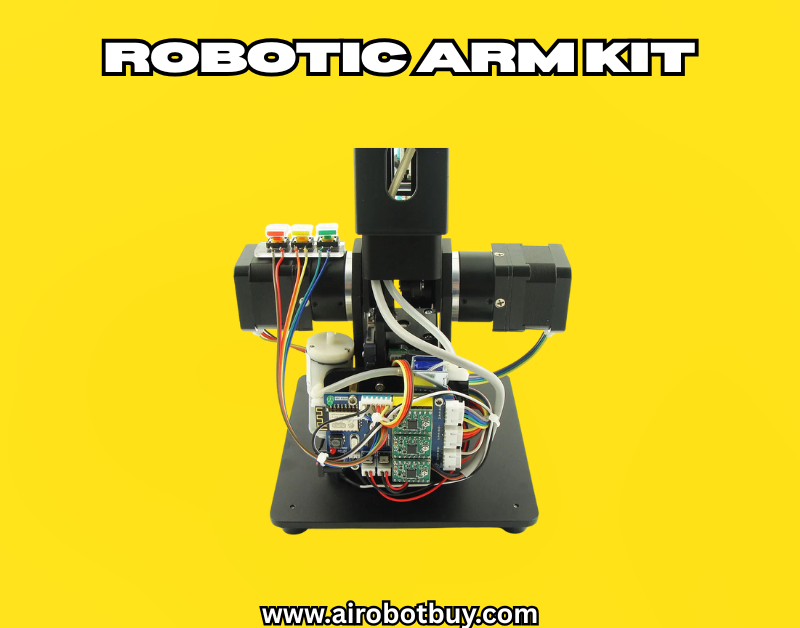
Conclusion
The robotic arm kit is more than just a learning tool—it is a gateway into the world of automation, coding, and engineering. By combining mechanical design, electronics, and programming, these kits make complex concepts easier to understand through hands-on experience. They bridge the gap between theory and practice, giving learners the confidence to apply their knowledge in real-world situations.
Whether you are a student exploring STEM subjects, a teacher bringing robotics into the classroom, or a hobbyist building projects at home, robotic-arm-kit provide value at every level. They help develop problem-solving, critical thinking, and technical skills, all of which are essential in today’s technology-driven landscape.
As robotics continues to influence industries and everyday life, having a practical foundation in how robotic systems work will be increasingly important. Starting with a robotic-arm-kit ensures you are not just observing innovation—you are actively part of it. The journey may begin with assembling a small robotic arm, but the skills gained can extend far beyond the kit itself.


















